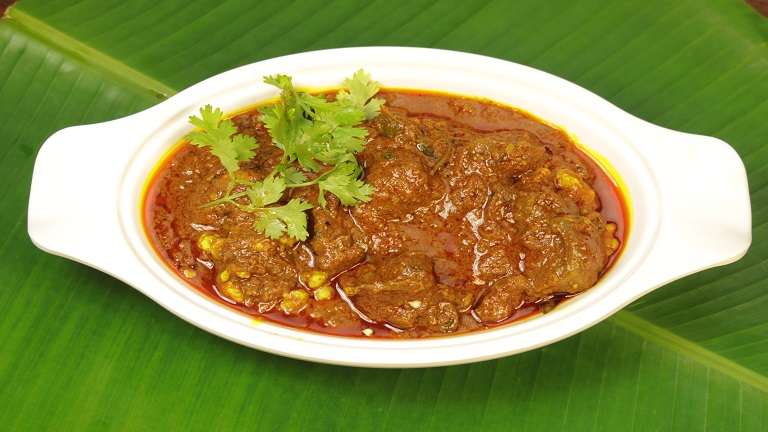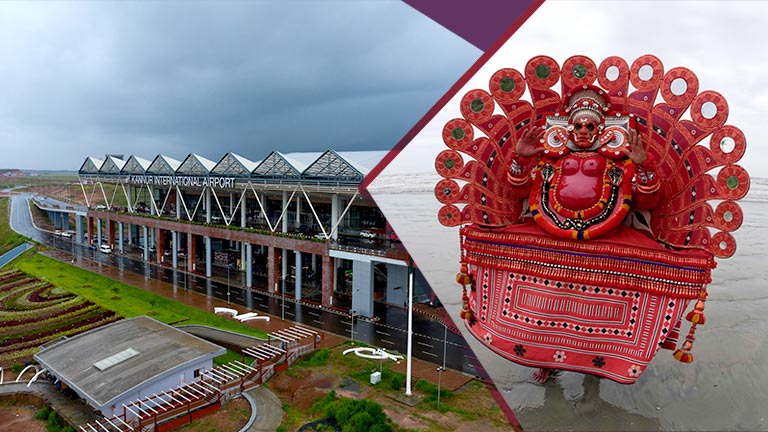Malabar Cuisine

With a unique blend of natural flavours, the ethnic fare of Malabar is rich and distinctive due to the confluence of Arab, Brahmin, Chirakkal and Zamorin influences. Kozhikode and Thalassery are known as the centres of Malabar cuisine.
Though the cuisine boasts of a plethora of vegetarian and non-vegetarian dishes, the menu is heavily meat-oriented. This partiality towards meat, especially mutton rather than chicken, is attributed largely to the influence of early Arab nomads, for whom cattle formed a major part of the diet. Even the plentiful use of eggs, and dried fruits of the desert, and the practice of winding up the meal with the famous Sulaimani (mint- or lemon-flavoured black tea) are traced back to the Middle eastern effect.
Malabar Biriyani (mutton, chicken, lamb or prawn) tops the list of delicacies In 'dum' preparation, the vessel in which the ingredients are cooked is sealed, and heat is evenly applied at the top and bottom of the cooking vessel. Kallummakkaya (mussels) curry, Erachi (meat) Puttu, Parotta (soft flatbread), Pathiri (a type of rice pancake) and Ghee rice are some of the other specialties. The most popular snacks of the region include Unnakkaya (a mixture of cashews, raisins and sugar covered in boiled banana paste, and deep-fried); Pazham nirachathu (ripe banana filled with coconut grating, molasses or sugar); Muttamala made of eggs; Chattipathiri (a dessert item made of flour, with baked, layered chappatis containing rich filling); Arikadukka and so on. The cuisine also extends to various types of seafood. The delicacies so beautifully blended with spices that the flavours linger long after the dishes are consumed.
The community of Malabar takes great effort to make sure that the unique recipes are imparted to the next generations, and is also keen on nurturing its culinary culture, that is unique and yet a part of the larger ethos of Kerala.
For Malabar recipes, click here


